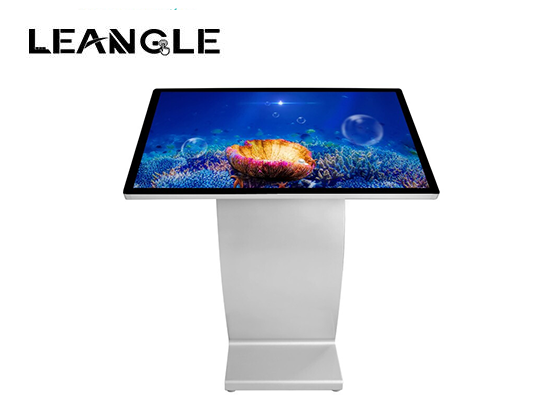In a surface capacitive touch screen monitor, a transparent electrode layer is placed on top of a glass panel, and covered by a protective cover.
When an exposed finger touches the monitor screen, it reacts to the static electrical capacity of the human body; some of the electrical charge transfers from the screen to the user. This decrease in capacitance is detected by sensors located at the four corners of the screen, allowing the controller to determine the touch point.
Pros:
Better image clarity than Resistive Touch
Durable screen
Resistance to dust, oil, grease and water droplets
High scratch resistance
Cons:
Requires bare finger or capacitive stylus for activation
Sensitivity to EMI/RFI













